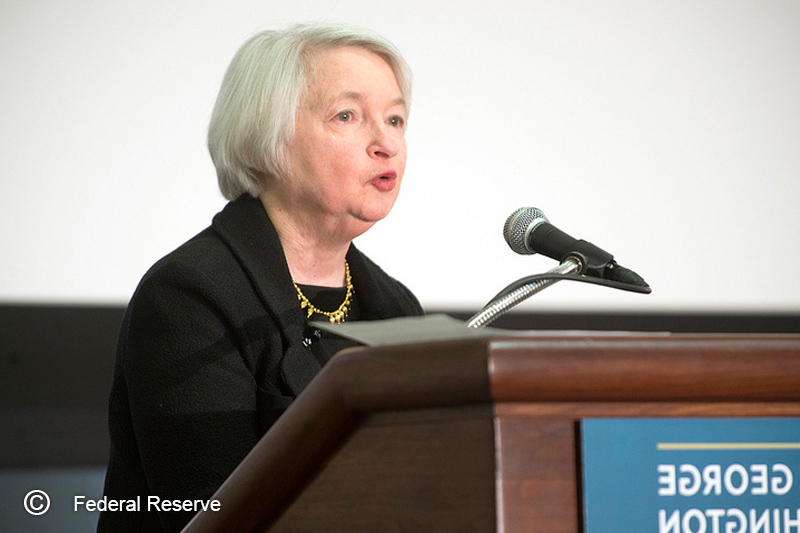By Meagan Clark - For six years, the Federal Reserve’s unprecedented stimulus program poured trillions of dollars into the U.S. economy to maintain about 2 percent inflation and low borrowing costs. The idea behind so-called quantitative easing was that the Fed purchased bonds and pushed investors into riskier assets like stocks to prop up financial markets and recharge money flows after the Great Recession.
Now, as the Fed’s efforts wind down to a close, economic historians are looking back and debating how effectively the three phases of quantitative easing (QE) boosted the economy. The matter is ripe for debate because even the experts will never know for sure how the economy would have fared without the stimulus.
“It’s very hard to go back and say what would have happened had we not done something,” said John Canally, chief economic strategist for LPL Financial. “We do know what did happen: the economy recovered.”
Indeed, the S&P 500 stock index is up 129 percent since QE began in 2008, while gross domestic product, adjusted for inflation, is up 9.8 percent. The unemployment rate has dropped one percentage point to just below 6 percent, and inflation is up from 1.1 percent to 1.7 percent, under the Fed’s 2 percent goal. Auto sales are up 61 percent, and housing starts are up 56 percent.
But economists cannot say how much of this change occurred as a direct result of Fed intervention. In addition, some might argue that the tepid pace of economic recovery shows quantitative easing didn’t do enough, Canally added. And many other factors like the government’s bailout of automakers also contributed to the economy’s return to health.
Critics of the Fed's policy, like J.D. Foster of the Heritage Foundation, argue that QE has a key weakness: Eventually the Fed must unload the bonds it now owns. Selling the bonds, when the economy is in better health and interest rates are rising, will cause rates to rise faster, which will effectively kill off the recovery, Foster argues.
The Fed began QE1 in November 2008, when the government began backing banks after the catastrophic collapse of the financial service firm Lehman Brothers. In the past, the Fed had cut short-term interest rates to zap the economy into greater spending, but this time those rates were already near zero, so the Fed turned to QE to turbocharge the economy. In 2008, sales of homes, cars and other items were steeply dropping, so the Fed wanted easy money (think credit) to entice Americans back into spending.

As the economy began improving, the Fed halted purchases in June 2010, but then restarted purchases only two months later when the Fed decided the economy wasn’t growing quickly enough. In November 2010, the Fed announced a second round of QE, and in September 2012, a third round. Then in June 2013, then-Fed Chair Ben Bernanke announced a “tapering” of the Fed’s QE program contingent upon positive economic data.
“The Fed has been able to taper into 2014 without ill effect on the economy,” said Greg McBride, chief financial analyst for Bankrate.com. “Now the economy is growing consistently and at a faster pace than it was prior to QE3.”
As of this month, the Fed had accumulated a record $4.48 trillion in bonds. The effects on the U.S. economy, a lift to inflation and lid on borrowing costs, will continue months beyond the end of the purchases.
